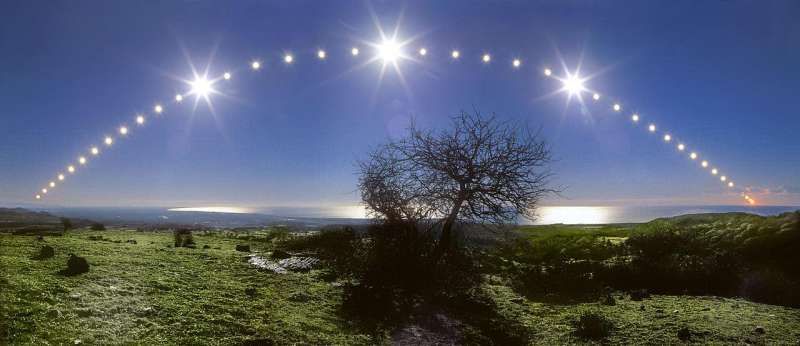New publications
Today is the day of the summer solstice
Last reviewed: 01.07.2025

All iLive content is medically reviewed or fact checked to ensure as much factual accuracy as possible.
We have strict sourcing guidelines and only link to reputable media sites, academic research institutions and, whenever possible, medically peer reviewed studies. Note that the numbers in parentheses ([1], [2], etc.) are clickable links to these studies.
If you feel that any of our content is inaccurate, out-of-date, or otherwise questionable, please select it and press Ctrl + Enter.

Litha is translated from Anglo-Saxon as "the longest day of the year". Among the Celtic peoples of Britain, the very time of the Summer Solstice festival speaks of its past connection with the cult of the sun. Therefore, the main rites and rituals are similar to the same complex of rites of the day of the winter solstice - December 21.
The Celts have many beliefs associated with both days, about the evil spirits that are supposedly especially powerful on the nights of the solstices. Various forms of ritual fires occupy a central place in the celebration of these days.
Greenery plays a major role in the rituals dedicated to these two dates - green branches, flowers, even trees; some rituals of the winter and summer holidays have motifs of marriage and family well-being.
The custom of rolling wheels wrapped in straw and lit from mountains or steep river banks, common among the Scots, was also connected with the cult of the sun. Sometimes they would tell fortunes: if the wheel burned the whole time it rolled, they believed that the harvest would be good.

According to the Celts, the fern also had a mysterious magical significance during this period of full blossoming of all nature: at midnight it would supposedly blossom for a short moment. Daredevils would go into the forest at midnight to see the fern flower and collect its seeds. Such expeditions were considered very dangerous, since this plant was vigilantly guarded by fairies and various evil spirits. Anyone who managed to get the seeds could supposedly become invisible and watch the fairies dance and play on this magical night.
The Scots also considered fern seeds to be the most effective against evil spirits. Elderberries collected on this night and birch branches nailed above doors and gates helped against evil spirits. Birch played a significant role in the rituals of the summer solstice among all Celtic peoples.
The customs of the summer solstice day are interwoven with many family and marriage motifs. On the night of June 21, fortune-telling was done a lot. Both girls and boys told fortunes, often using various flowers and plants (most often St. John's wort) for this purpose, and sometimes some objects. In Scotland, on this night, lovers gave each other an oath of fidelity, the violation of which was considered a crime. Such an oath was pronounced either near a megalithic stone or near a revered spring and was sealed with a handshake.
Most of these Midsummer customs have died out, but even today in many parts of the British Isles June is considered the most suitable month for marriage.
